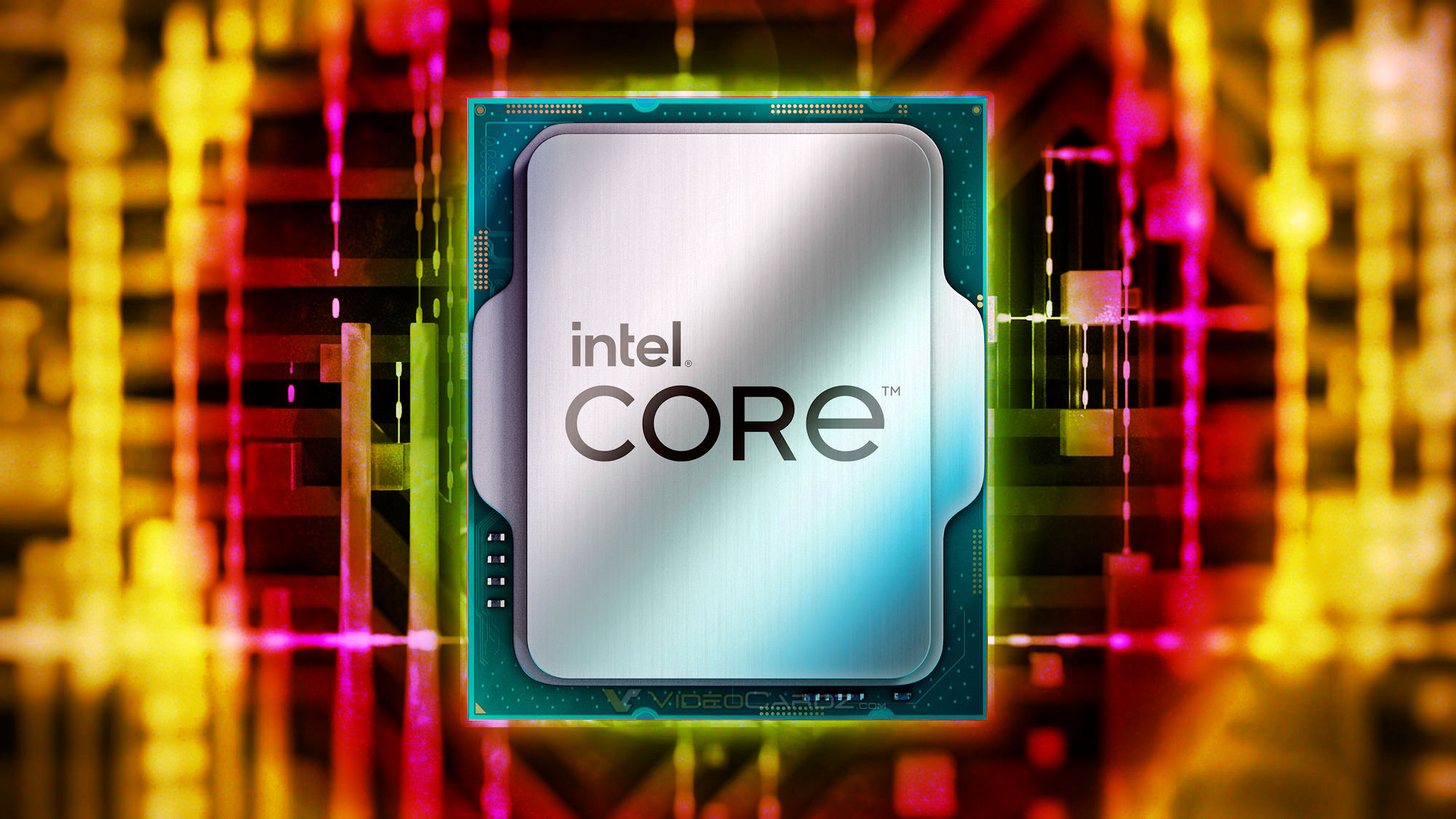At 350W I hope they mean all-core turbo of 6GHz or something because that's crazy.Intel's Raptor Lake Reportedly Has 350W Turbo Mode, But Only on New Motherboards
According to a new report, Intel's 13th-Generation Raptor Lake processors will have a secret sauce to offer unbeatable performance in demanding applications: A new 350W power limit that you can trigger with a new turbo mode that will increase CPU clocks. There is a catch, though — the 350W mode will only work on select motherboards with Intel's 700-series chipsets. https://www.tomshardware.com/news/intel-raptor-lake-to-feature-350w-turbo-mode
Hopefully only for those who like to boast about their burst, but still.






